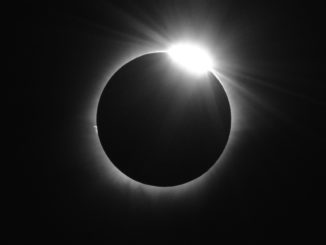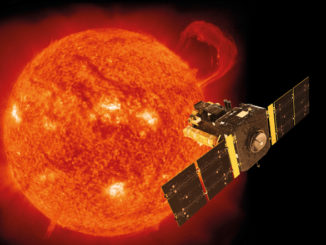
Get ready for the Great American Eclipse
It’s been nicknamed the Great American Eclipse as totality returns to the USA for the first time in twenty-six years. On 21 August 2017, the Moon will move in front of the Sun along a strip cutting diagonally across more than a dozen different states, from Oregon on the west coast to South Carolina.









